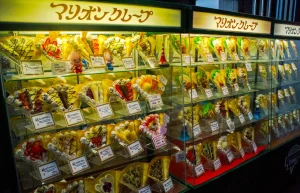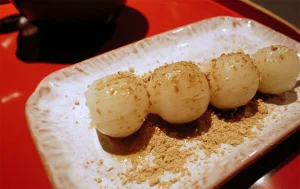Table of Contents
ToggleMastering the Art of Japanese Bento: How to Elevate Your Lunchbox with Japanese Snacks
The Japanese bento box isn’t just a convenient way to pack your lunch—it’s an art form that celebrates balance, color, and presentation. Incorporating Japanese snacks into your bento can bring variety, flavor, and an authentic touch to your meal. Whether you’re preparing a simple lunch or a special treat, these snacks can transform your Japanese bento into a visually stunning and delicious experience.
The Fundamentals of a Well-Balanced Japanese Bento
The traditional Japanese bento is all about achieving harmony between different food elements. It typically includes:
- Main Dish: Usually rice or noodles.
- Protein: Fish, meat, tofu, or eggs.
- Vegetables: Cooked or raw for variety and nutrition.
- Pickles: Add a tangy, crunchy element.
- Fruit or Dessert: A touch of sweetness to finish the meal.
When I think of creating a Japanese bento, I think of more than just packing a meal; it’s about curating a balanced selection that nourishes both the body and the eyes.
Elevate Your Japanese Bento with Rice-Based Snacks

Onigiri (おにぎり) Onigiri, or rice balls, are versatile, portable, and endlessly customizable. I have fond memories of onigiri is making them with my friends for picnics at Ueno and Asakusa. Onigiri can be filled with ingredients like umeboshi (pickled plum), tuna, or salmon and wrapped in nori.
- How to Incorporate: Use onigiri as the main carbohydrate in your bento. They’re easy to make and perfect for any occasion.
- Flavor Tip: Experiment with different fillings and seasonings like furikake (rice seasoning) to add a personal touch to each rice ball.
Onigiri brings a comforting and traditional element to your Japanese bento, blending simplicity with flavor.
Enhance Your Bento with Protein-Rich Snacks
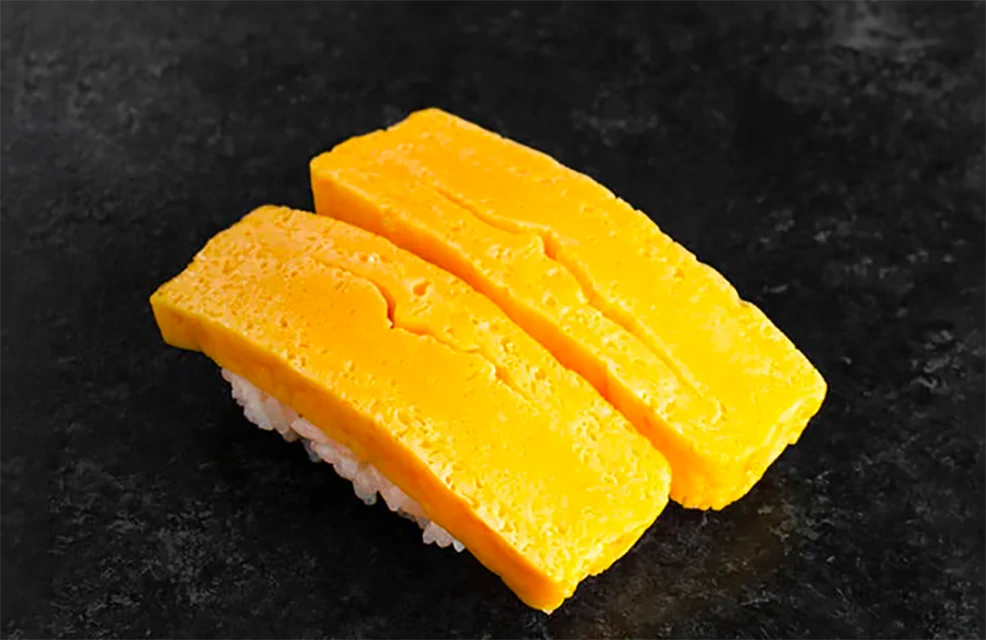
Tamago Sushi (卵寿司) Tamago sushi combines layers of sweet, savory omelet with sushi rice, creating a delightful balance of flavors. The first time I had tamago sushi, I was struck by how the sweetness of the egg paired perfectly with the subtle vinegar of the rice.
- How to Incorporate: Include a few pieces of tamago sushi in your Japanese bento for a protein boost. It’s a light yet satisfying addition.
- Flavor Tip: Prepare the tamago the night before to save time, ensuring that the flavors develop fully.
The combination of flavors in tamago sushi can complement a wide range of other Japanese bento components, making it a versatile choice.
Add Freshness and Crunch with Vegetables
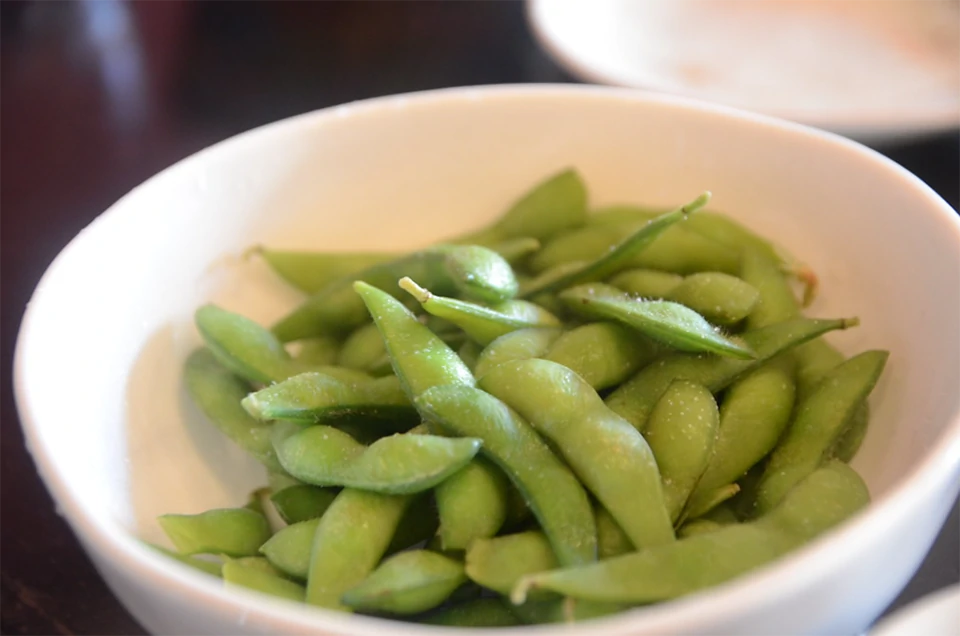
Edamame (枝豆) Edamame, or young soybeans, offer a nutritious and tasty addition to any Japanese bento. My go-to snack when I want something healthy yet satisfying, edamame’s subtle flavor can be enhanced with a sprinkle of sea salt.
- How to Incorporate: Add a handful of edamame for a protein-packed vegetable side. They’re easy to prepare and pack.
- Flavor Tip: Toss with sesame seeds or a pinch of chili flakes for added depth.
Edamame brings a fresh, green pop of color to your Japanese bento, complementing the other components beautifully.
Include Pickled Vegetables for Tang and Texture
Tsukemono (漬物) Tsukemono are traditional Japanese pickled vegetables like cucumbers, daikon, and carrots. My grandmother’s kitchen always had jars of homemade pickles, their tangy aroma signaling a burst of flavor.
- How to Incorporate: Use tsukemono to add a crunchy, palate-cleansing element to your bento. They’re great for balancing heavier flavors.
- Flavor Tip: Mix different types of pickles for a more colorful and visually appealing presentation.
Tsukemono provides both flavor and texture contrast, essential for crafting a well-balanced Japanese bento.
Satisfy Your Sweet Tooth with Traditional Desserts
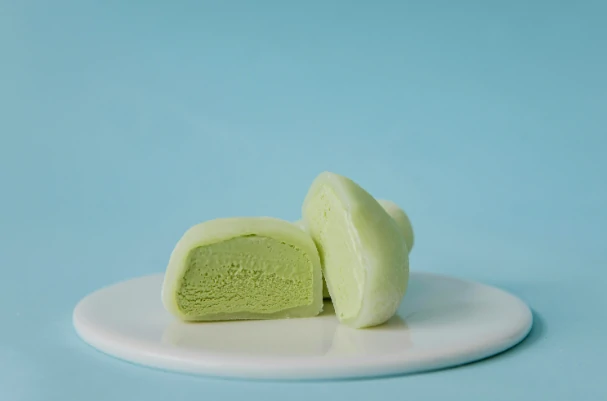
Matcha Mochi (餅) Matcha mochi offers the perfect combination of chewy texture and earthy sweetness. My first encounter with matcha mochi was at a tea ceremony, where its subtle sweetness balanced the strong bitterness of matcha tea.
- How to Incorporate: Pack a small piece of mochi as a dessert. Its chewy texture and unique flavor make it a delightful end to your meal.
- Flavor Tip: Cut the mochi into bite-sized pieces to make them easier to fit into your bento box.
Mochi’s soft, chewy texture contrasts with the other components, providing a satisfying finish to your Japanese bento.
Achieving a Perfectly Balanced Bento
Creating a visually and nutritionally balanced bento involves careful consideration of color, texture, and flavor:
- Color: Incorporate ingredients of varying colors for a vibrant presentation.
- Texture: Balance crunchy, chewy, and soft elements for an engaging eating experience.
- Flavor: Include a mix of sweet, savory, tangy, and umami flavors to keep each bite interesting.
- Portion Control: Make sure each component fits well within the bento box without overwhelming it.
The Art of Japanese Bento Assembly
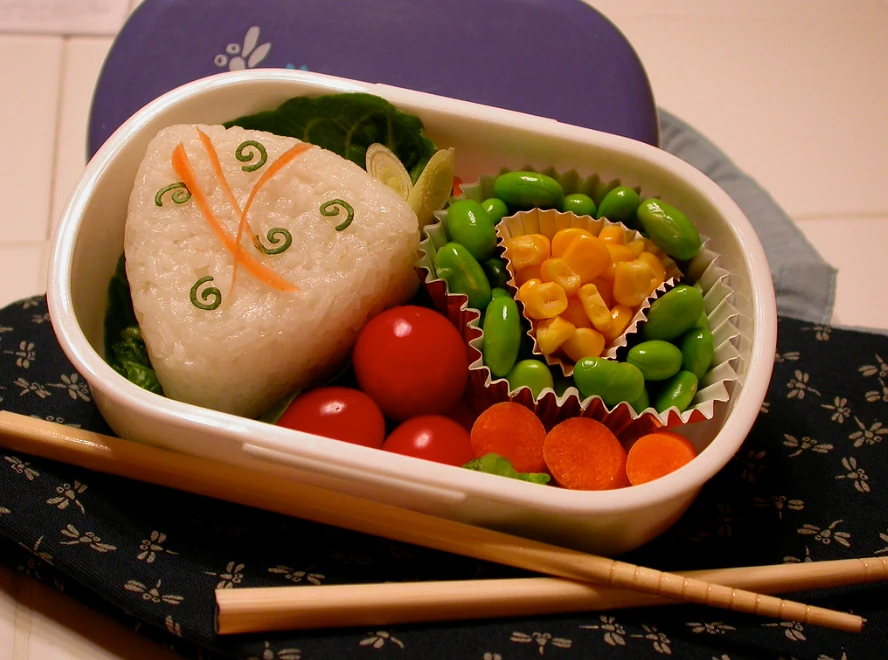
A beautifully crafted Japanese bento doesn’t just satisfy hunger—it’s a visual and sensory experience. Some tips for getting it just right:
- Planning Ahead: Prepare key elements like onigiri and tamago sushi the night before.
- Organized Assembly: Use dividers or silicone cups to keep components separate and visually appealing.
- Creative Presentation: Arrange the food neatly and add decorative touches like picks or garnishes for an extra touch of fun.
Elevate Your Lunch with Japanese Snacks
Incorporating Japanese snacks into your bento box not only adds flavor but also turns your lunch into a delightful culinary experience. From savory onigiri and tamago sushi to refreshing edamame and tangy tsukemono, these traditional Japanese snacks bring excitement, balance, and authenticity to your bento. Embrace the art of bento-making, and transform your lunch into a delicious, nutritious, and visually stunning meal.
By mastering the basics and creatively including these Japanese snacks, you can take your bento to the next level and enjoy a meal that’s as satisfying as it is beautiful.
If you would like to try your hand at making some homemade Japanese snacks, check out our article on DIY Homemade Japanese Snacks.




